Bwebwenato in ej kon lowa, eo im ekar kommane lal in. lowa ekar wanlaltak jan lan nan lalin bwe en komanman ane, ak ejjelok ejela ia eo ekar kommane mokta. Ekar ba, ” aolep ane ren komman.” Innem ekar kûr nan wojke ko bwe ren eddok im jabdewot men ko jej loe ioon bwidej im lojet üe. Elkin an lowa rool nan lan, ekar jilkintok eman emmaan laltak bwe ren lale lal in nan e. Ekar jilkinlok juon nan reeaar, juon nan rak, juon nan ralik, im juon nan ean.
Irooj Irilik, irooj eo an ralik, lowa ekar lelok bwe en joke ilo ralik ilo ane eo etan Eep. Jerbal eo an ej lale jabdewot men ioon lalin rej tûmoon im orlok ak kalle. Kar maron in lelok juon kajoor eo elap nan an maron in kadedeiklok jerbal eo an. Ej make wot iaan loma rein eman kar maron in üa etan king. Aolep menin eddok,menin mour, im armej, raar maron in orlok im naje jan ralik in Eep, im lelok in irooj irilik. Ro im watok er bwe re-molele bwebwe in aelon kein rej ba bwe Ebon raar bok etan jan Eep, konke keinikkan ko ilo Epoon elap aer kalle kon mona.
loma ro jet im letok in lowa ear jilkintok er nan lale lalin rej: lajibwineameü, eo im mweo imon ekar pad ituion im jerbal eo an ej lale jabdewot men ko rej mij ekoba armej ro rej mij. lakamran, eo im ej jokwe ilo reeaar, jerbal eo an ej lale bwe ilo an bon en ejjelok menin kakkure ej walok, im ej lale bwe tak in al im tulok in al ron jokkier wot juon. lorok, mweo imon ekar pad rak, im jerbal eo an kar maron in lelok bwe en bok eddo in koto ko. Kiio lalin ekar wor aolep men ko aikuiji.
Eo
Kiio ke armej rej jokwe ippan men ko rej mour ioon lalin, lowa ekar bar jilkinlaltak ruo emmaan ro jan lan etaeir rej Lewoj im laneej. loma rein raar boktok eo nan lalin. Eo ekar komman bwe en oktak moran menin komanman menin mour ko ainwot ek, bao, im aolep men ekoba armej. Uno ko unokan ek, kein, bao, kein jan doon, kilij, kijdik, im menin mour ko jet reoktak jan doon itok jan jerbal ko an lomarein. Eo ekar barainwot nan armej. Ilo tore ko etto, armej in àajol ejjelok ballier ak rejjab nuknuk, rekon eoik aolepan anbwinnier. Eo ko rej kwalok kadkad in armej ak emmaan ro elane rej king(irooj) ak rijerbal, bwidak, ritel ilo jowi eo. (Irooj ro rellap er wot rej eoik mejair.)
Ke Lewoj im laneej erro ar itok jan lan nan lalin raar etal nan Aelonlaplap Atoll ilo Buwoj, iturok in jikin diwoj delon eo an wa. Raar wotlok jan lan im jok kon jimwin ne erro. Elane kwonaaj etal nan Buwoj rainin kwonaaj loe ron kein jenkwan nerro ke raar wotlok. Etan bukwon in rej ba ” Jimwinne”. Erro ar jino aerro eoik aolep menin eddok ko bwe jen maron in kile ukooktak ko aeer jan doon.
Waan Ejjerakrok
Âlkin an aolep menin komanman ko eo, lowa ekar bar jilkinlaltak ruo emmaan jan lan, ro im raar jok ilo Nam ilo aelon in Bikini. loma rein ruo raar boktok ippaerro waween jonak nan waan ejjerakrok ko ainwot korkor ko, ko im jonak kein aer kar kepooji ilan kadede. Elane eaar jab jonak kein innem eban kar wor im komman korkor ko. Etan lomarein rej lewa im lomtol. Mokta jan lomarein, ekar ejjelok korkor ioon lalin. Ilo Bikini ijo raar joke wa eo jinointata ie, raar loor wot jonak ko raar bûkitok jan lan. Ilo tore in, waan ejjerakrok kein ekar ejjelok wojlaier, im ejjelok jobwe kein aoüooü. Wa ko kar joki rej ito-itak wot kon ek ainwot ba ek ko rej kojeraki wa ko ioon wot lain eo an dan maan im itulokan, ko im komman bwe korkor eo en emman an dibuk dan. Ak kiio emoj an jako. Rainin aolep wa ko waan rimajol, itulokan im itumaan ikkijen lain eo an dan, ej jidik koob rej üaetan “iik”.
Ilo tore eo im ekar dedelok wa eo, lewa im lomtal erro ar door aolep menin komanman ko im rej mour ioon Bikini üa ioon wa eo– armej ro im kijidik armej ro im armej ro im jokjok in kilij im aolep-raar jino aer etal nan Aelonlaplap nan aeer eo ippan lewoj im lanej. Raar ilok im toparlok Wotto, ek ko raar ainwot bikbik in wa ko waer, eaar wor juon men kijonjon eaar walok im kakkuri wa ko im man iik ko. Ke ej mij iik ko, aolep raar jino aeer aoüooü nan aeer maron tobraklok Buwoj nan aer eo. Om im baru ko raar kij kapin wa eo bwe ren maron in aoüooü im komman ettal ilo wa ko.
Raar tobraklok ilo Aelonlaplap ilo to en ilo Aerok konke wa eo eaar ettein kon dan im raar likiti ioon bok iarin Aerok ilo juon wato etan àonkiden. Aolep ino ko ilo wa eo im nanin tûm, im ke rej toparlok ioon bedbed wa eo ekar jino an bool kon dan.

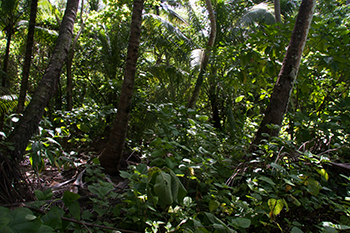

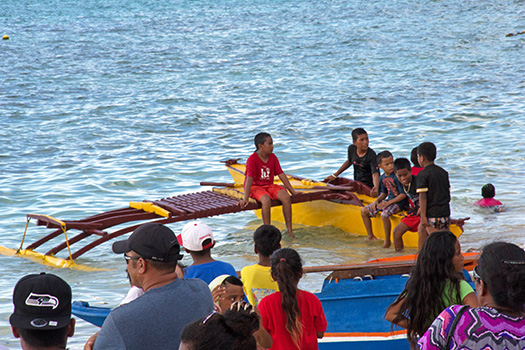








































 The Museum is located on the first floor of the
The Museum is located on the first floor of the 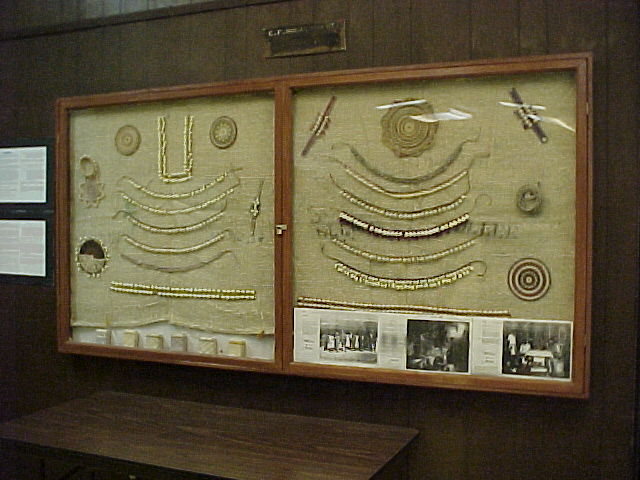
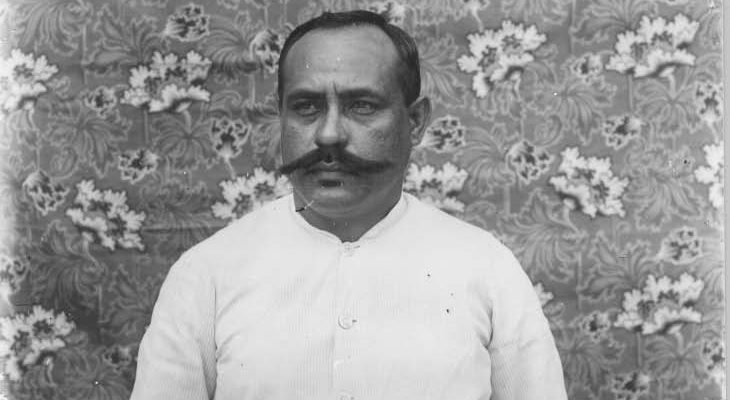














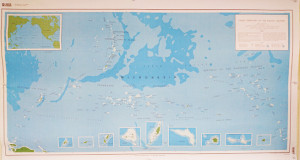
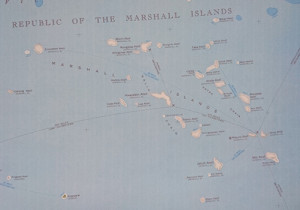
You must be logged in to post a comment.